Knowing the origins and original purpose of taijiquan (tai chi) and the internal martial arts will help you to walk a straight path in your practice.
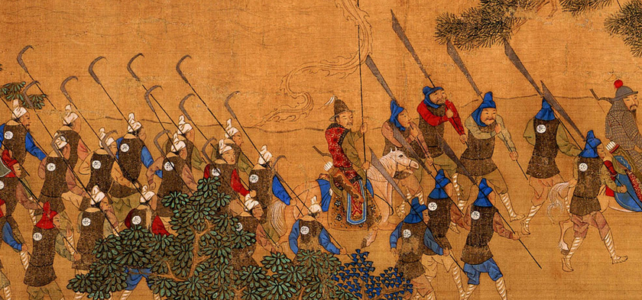
Champaign Urbana Taiji Qigong

Knowing the origins and original purpose of taijiquan (tai chi) and the internal martial arts will help you to walk a straight path in your practice.
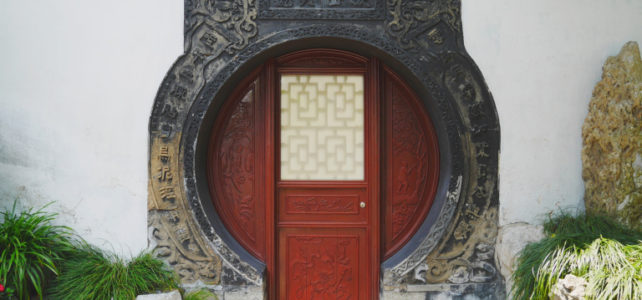
Part II of the introduction to the training series “Entering the Door: Understanding and Training the Learned Power of the Chinese Martial Arts.”

Part I of the introduction to the video series “Entering the Door: Understanding and Training the Learned Power of the Chinese Martial Arts.”

One purpose of poetry is to communicate succinctly. My favorite songwriter John Prine was certainly a poet—he could tell an entire story in one sentence. (The day after I wrote this, John Prine was pronounced Illinois’ first poet laureate 🙂…
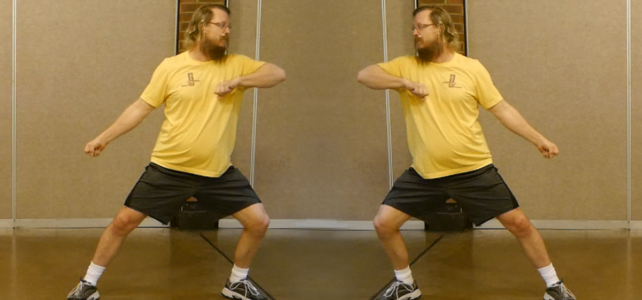
In Part I of this article on variables of form practice we addressed when and why one should practice faster taiji (tai chi) forms. Here we take up another variable: practicing “the other side.” I understand that practicing the mirror…
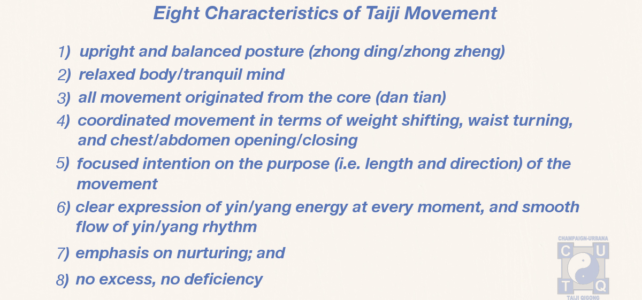
In Part I of our article “What’s the Difference?” I listed seven characteristics of taiji (tai chi) movement. Based on questions/comments received, I thought it worthwhile to expound a bit on each of these. The goal here was to make…
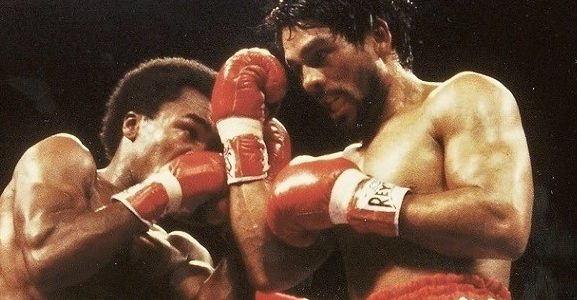
From a physical perspective, in taiji (tai chi) we are fundamentally training balance, flexibility, coordination, power, efficiency of force exertion, sensitivity/reaction, agility, and confidence. This is the gong of gongfu—without which technique is empty. All of these are, of course,…
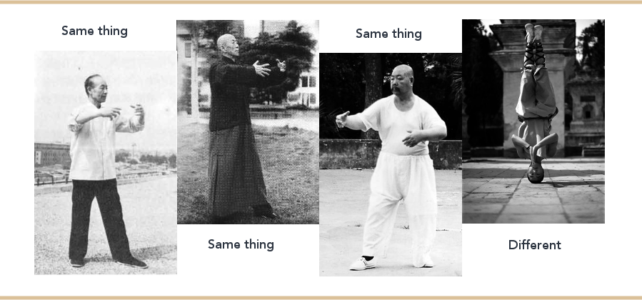
So what makes taiji taiji? I mean, what is unique to taijiquan, what makes it different from anything else? My 30+ year journey through taiji has paralleled my spiritual journey (and certainly not coincidentally so, as daily meditation is a…
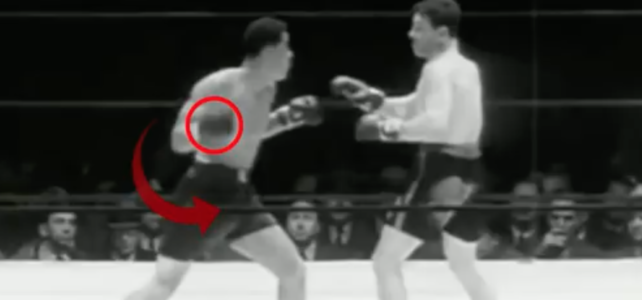
Background – Summary/Review of Internal Power As detailed in a previous two-part article series, internal power has two components – yin and yang aspects. The yang component is primarily core strength – learning to utilize core musculature to maximize power…

Lessons from sport training Perhaps the most important thing learned from sports, and certainly my own experience in individual combat sports, is the importance of the mind. One must have the physical prowess to compete successfully at more advanced levels…
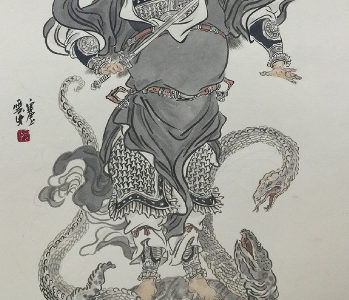
Having examined the mechanisms of internal force (nei jin) in the previous two-part blog entry, we can now take a look at the practice and strategies of taiji (tai chi) as a martial art. This post will be a broad-brush…
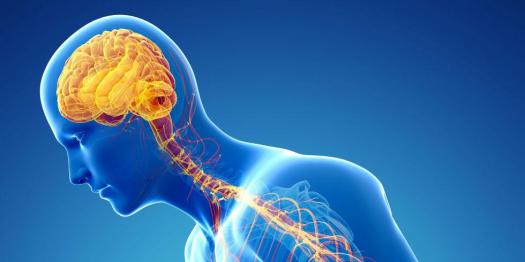
In Part I we examined the classical saying “power is released from the spine,” noting how flexion of the spine and core strength are integral mechanisms of “internal” power. This could be described as the “yang” of taiji (tai chi)…